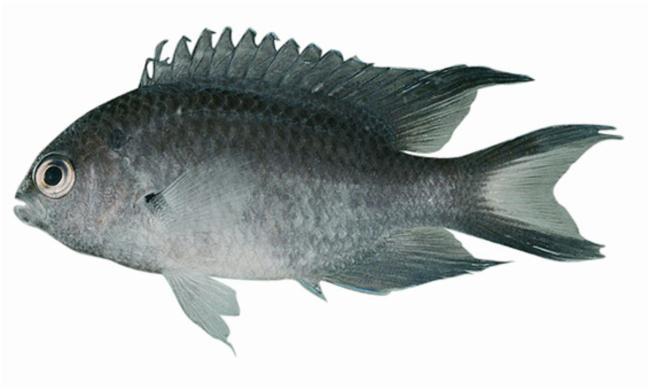Please login if you have access to particular applications.
Codes for Australian Aquatic Biota (CAAB) Taxon Report
Animalia (kingdom) » Chordata (phylum) » Actinopterygii (class) » Perciformes (order) » Pomacentridae (family)
| CAAB Code: | 37 372090 |
| Scientific Name and Authority: | Neopomacentrus aktites Allen, Moore & Allen, 2017 |
| Rank: | Species |
|
Distribution map:
View detailed map or click on map to see same.  Modelled distribution shown as blue polygon (source: Australian National Fish Expert Distributions) Updated on 2008-11-19. Get expert distribution shapefile |
| Taxon Notes: | This species is currently known only from Western Australia, ranging from Shark Bay northward to the Kimberley coast. It is associated with rocky substrates with ample crevices and coral formations, which are utilized for shelter. Capture depths range from about 1–10 m (Allen et al 2017). |
| Record source and Scientific Name verified against: | Allen, G. R., Moore, G. I. & Allen, M. G. , 2017. Neopomacentrus aktites, a new species of damselfish (Pisces: Pomacentridae) from Western Australia, Journal of the Ocean Science Foundation, Vol. 29: 1-10. doi:10.5281/zenodo.1066344 |
